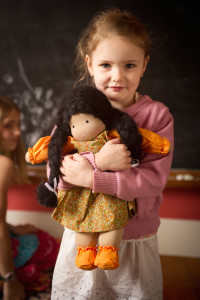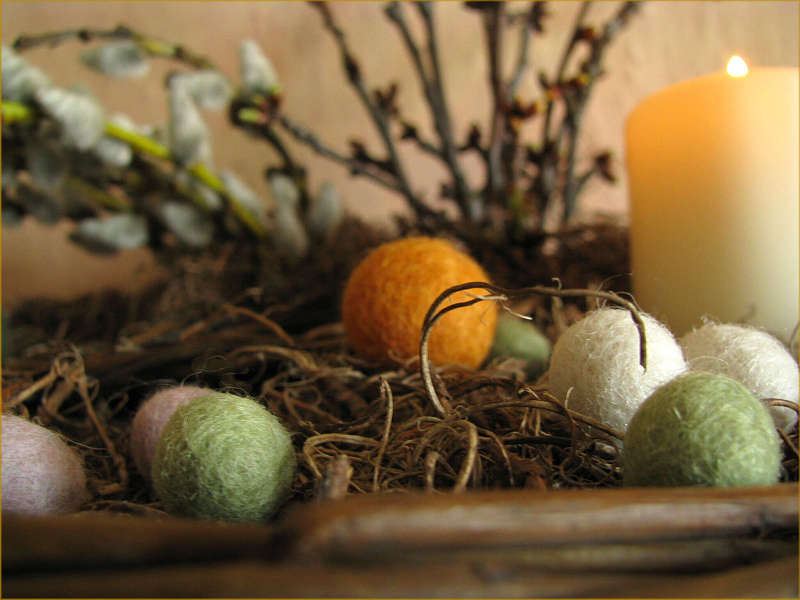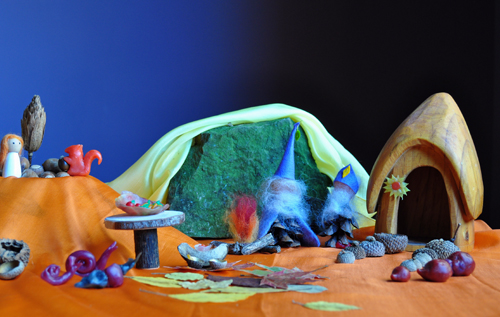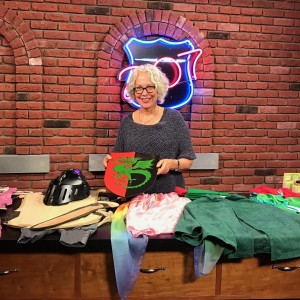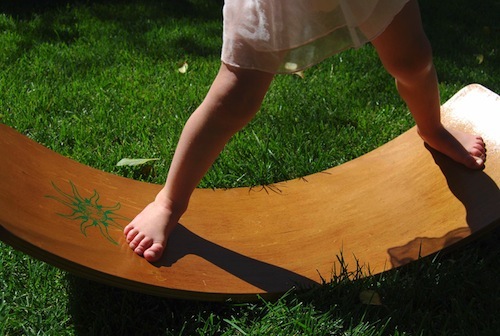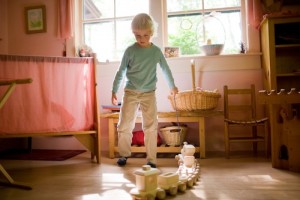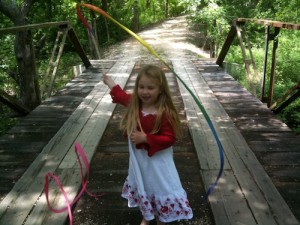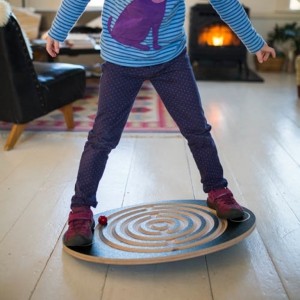Post Your Questions or Suggestions For Future Topics Here!
Sarah Baldwin
As I get ready to launch a new series here at Moon Child (stay tuned!), today I am pleased to share with you a guest post from a dear blogger friend, Helen Bird, author of the crafty blog Curly Birds with ideas on how to create an Autumn Nature Table, inspired by Waldorf traditions.
I hope it inspires you and your little ones to take a walk, gather treasures, and create your own seasonal table, a wonderful act of giving thanks to Mother Earth and her bounty.
Enjoy!
Creating a seasonal nature table is an enchanting way to connect your child with nature and the rhythm of the year. It encourages reverence for the earth and teaches children to see beauty in everyday found objects.
A nature table can evolve through the season. New treasures—such as a stone or an acorn found on a walk—can be added day-to-day, while other items can be taken away as they wilt and fade. In this way, the table can naturally progress from one season to the next, reflecting the rhythm of the year.
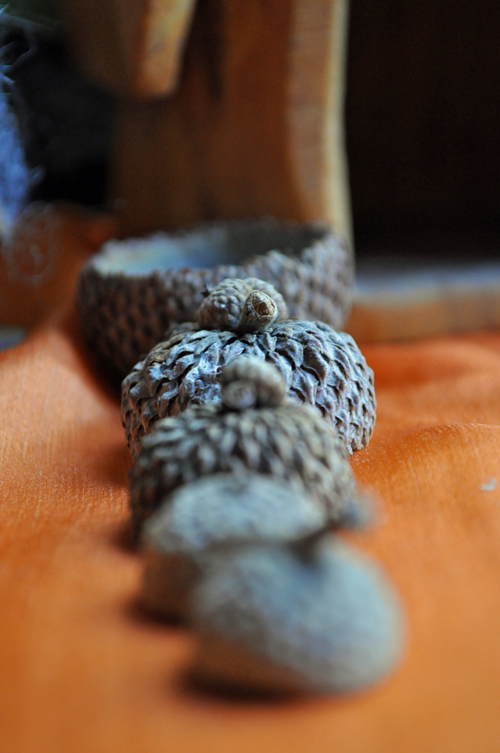 A nature table can be as simple as a few nature finds lovingly placed on a tray, shelf, or window sill, or it can take up a whole table and be adorned with colorful play silks, handcrafted fairy folk and other seasonal items.
A nature table can be as simple as a few nature finds lovingly placed on a tray, shelf, or window sill, or it can take up a whole table and be adorned with colorful play silks, handcrafted fairy folk and other seasonal items.
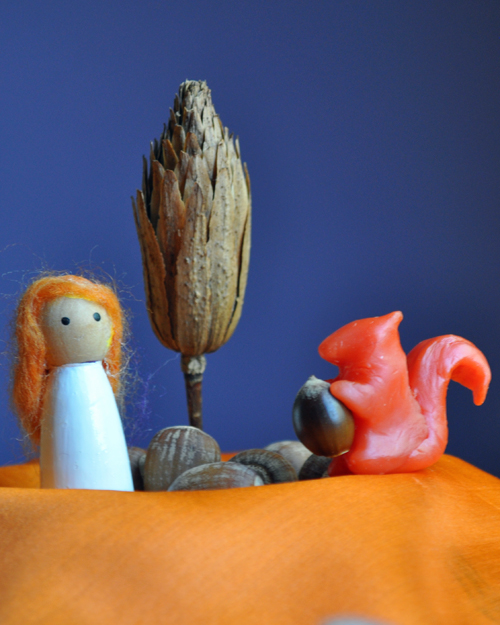 The colors on the table represent the colors of the season – for autumn think warm hues of oranges, yellows, browns, and reds.
The colors on the table represent the colors of the season – for autumn think warm hues of oranges, yellows, browns, and reds.
If you were to ask me to recommend my one favorite Waldorf toy, I would have to tell you the Rocker Boards!
You might be surprised, because rocker boards may not yet be thought of as classic Waldorf toys. They are, in fact, a relatively new addition, but I’m confident that in very little time rocker boards will become synonymous with “Waldorf toys”—just like Waldorf playstands, Waldorf dolls, and play silks.
My Introduction to the Wonder of Rocker Boards
I’d been teaching early childhood classes in a Waldorf school for many years, but had never seen nor heard of this toy until one of my colleagues brought two of them back from the East Coast Waldorf Early Childhood Conference in 2006.
When I first saw this unusual plaything–a piece of high quality, thick plywood, about three feet long and one foot wide, curved into a perfect quarter-circle arc–I wondered how interested the children would be and what could be done with them.
I knew how beneficial rocking is for a child’s development: it stimulates the vestibular (balance) system and aids a child’s sense of proprioception (the awareness of being in one’s physical body). It seemed like a good toy for allowing rocking indoors.
I knew how important balance is for a child’s brain development, and it seemed like a good and possibly therapeutic toy for certain children.
What I didn’t yet know was how much children love this toy!
Rocker Boards in the Classroom
We introduced the rocker boards in our classroom in February of that year, and the children wasted no time in finding them and putting them to use.
I was amazed at all the ways they found to play with them. My limited adult thinking assumed that this was a toy for children to stand on, with one foot on either end, on which they could rock back-and-forth.
I didn’t yet realize it could be so much more!
Right away, these boards became the most popular toys in our classroom. They were the first toys the children would go to as soon as snack time was over and play time began.
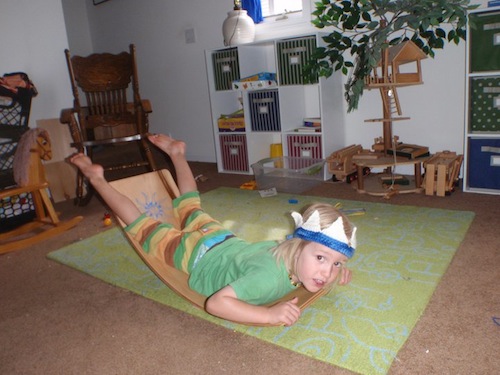
Yes, children would stand on them and rock, but they found so many other uses for them:
- The rocker board would become a slide, with one end propped up on a Waldorf playstand.
- Tipped over, it became a bridge. The children would act out stories, like the “Three Billy Goats Gruff” and trip-trap over the bridge.
- It became a sailboat, carrying fishermen off to sea as they cast their nets.
- It was a pirate ship sailing through mighty storms.
- It was a cradle for a mama (a 5-year-old) to rock her baby (a 3-year-old) to sleep in.


